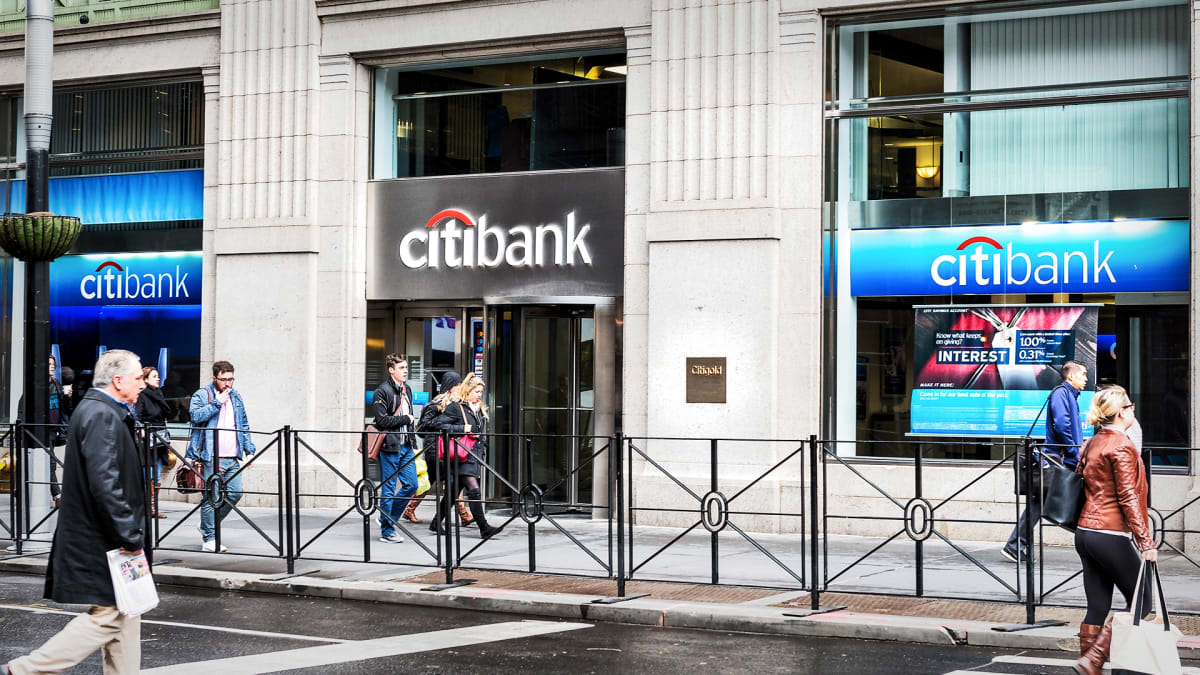
Inflation has begun to subside a bit, with consumer prices rising 7.7% year-on-year in October, compared to 8.2% in September.
Goldman Sachs economists believe that trend will continue. “Our economists expect by early 2023 it will become clear that inflation is decelerating,” Goldman strategists wrote in a recent commentary.
As a result, the economists think “the Fed will reduce the magnitude of [interest-rate] hikes and eventually cease tightening following the May [policy] meeting.”
So you might consider stocks that do well when inflation decelerates from lofty levels. The strategists put together a list of such companies.
These are “stocks in industries that typically outperform when inflation is high and falling,” the strategists said.
The stocks have earnings yields and free-cash-flow yields above the level for the S&P 500 and their sector. Also, the stocks outperformed their industry group on Nov. 10, when the last consumer price report was released.
Earnings yield represents earnings-per-share divided by price-per-share. Free-cash-flow yield is free-cash-flow-per-share divided by price-per-share.
Here are some of the stocks that appear on Goldman’s list, in order of their earnings yield, as estimated by Wall Street analysts for the next 12 months.
- Lincoln National (LNC) Earnings yield: 21%
- Citigroup (C) Earnings yield: 14%
- AT&T (T) Earnings yield: 13%
- Walgreens Boots Alliance (WBA) Earnings yield: 11%
- Hartford Financial Services (HIG) Earnings yield: 11%
- eBay (EBAY) Earnings yield: 9%
- Expedia (EXPE) Earnings yield: 9%
- Molson Coors Beverage (TAP.A) Earnings yield: 8%
- United Parcel Service (UPS) Earnings yield: 7%
- Lowe's (LOW) Earnings yield: 7%.
Morningstar’s Take on Citigroup
Morningstar analyst Eric Compton gives the company a no-moat rating, which means no durable competitive advantage. But he puts fair value for the stock at $75, far above its recent level of $45.
“The bank won’t be a top performer operationally compared with peers, but it is simply too cheap,” Compton wrote in a commentary.
“There remains a long road ahead for the bank to grind through the many steps of its turnaround, and time horizon risk is always a key risk when thinking about a turnaround story.”
On the plus side, “the bank's best-performing business is its institutional clients group, where its commercial banking and capital markets operations have scale and a unique global footprint that few can replicate,” Compton said.
Morningstar’s Take on AT&T
Morningstar analyst Michael Hodel assigns the company a narrow moat and puts fair value at $25. It recently traded at $19.
“AT&T’s third-quarter results lend support to our view that the firm is poised to deliver steadily improving performance in the coming years,” he wrote in a commentary.
“While wireless customer additions slowed, revenue per customer spiked higher, exceeding our expectations.”
Further, “the firm expects to meet or exceed financial targets for the year, including generating $14 billion of free cash flow,” Hodel said.
“While AT&T has clearly backed away from the 2023 free cash flow target of $20 billion set following the Warner spinoff, management expects this metric to grow next year, which we believe to be very reasonable and provides comfort around the dividend.”
The author of this story owns shares of Walgreens Boots Alliance and United Parcel Service.







